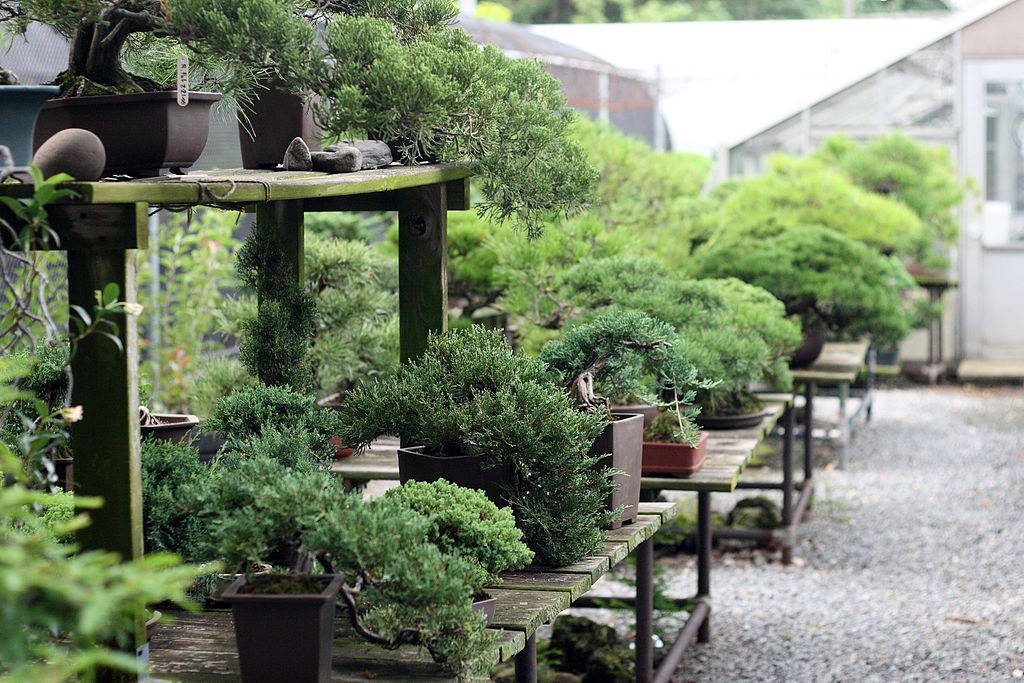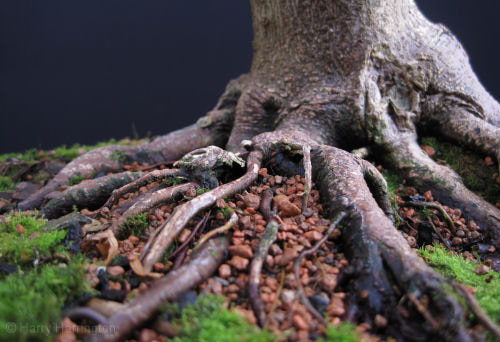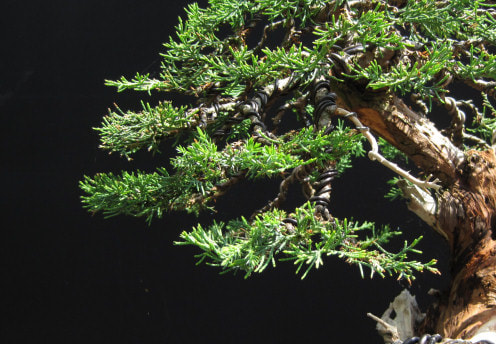|
When people think Bonsai trees they often think of a dwarf version of a regular-sized tree. However, bonsai trees are not a dwarf version of a common tree, they are simply bonsai trees because they have received special pruning and shaping to get them into their desired size. If you are considering purchasing a bonsai tree, you will definitely want to follow the three simple basic rules for selecting the right bonsai tree for yourself.
Bonsai trees are a great present for the “person who has everything”. It creates a special gift that the person will enjoy for years, and it will also aid the person with a relaxation that is captured when caring for the bonsai tree. Bonsai trees will need gentle care and dedication. Special care will include giving the bonsai tree a soluble fertilizer once or twice a month, pruning, shaping, and an ample supply of water. Choosing a Bonsai Tree You will want to begin your search for the bonsai tree by selecting a tree with good roots and branches. This will eliminate the risk of later exposed moldy roots or snapped and stripped branches. Examining the roots: Check the roots for ample root structure in comparison to the size of the tree. Also, check that the root flare does not have a great deal of soil covering it. This is the point where the the top of the tree's major roots extend out from the tree trunk. If the root flare is buried under sever inches of soil do not purchase the tree. Examining the branches: Check the branches by gently bending them. You do not want a tree in which the branches are brittle and easily break - this will not only destroy the appearance of the bonsai tree, it is an indication that the tree is unhealthy. Check that the tree does not have dead or broken branches. This too is a sign of an unhealthy tree. Also, check the tree for wilting branches that are sloping downwards and bare patches of leaves on the tree. Check the leaves on the branches as well. You want the leaves to be the right color for the season. If any of these factors exist, it is a sign of an unhealthy tree. Check the Bonsai Tree for Infestations and Damage: Infestation is another important factor and the bark of the tree should be examined before purchasing the tree. Therefore, pack a magnigying lens and bring it with you to the nursery. You will also want to bring a troll so that you can scrap a bit of the bark off to examine it. Check the bonsai tree from head to toe- you will be looking for any damage and infestation and disease of the tree. Examine the roots, the tree’s branches, and its leaves. Remove a bit of the tree’s bark with your troll and examine it for infestation with your magnifying glass. Other signs of disease and infestations include:
If you notice any of these conditions in the tree, steer away from it, the tree is likely unhealthy. Be open with the nursery associate and ask any questions or concerns that you may have regarding the tree. |



